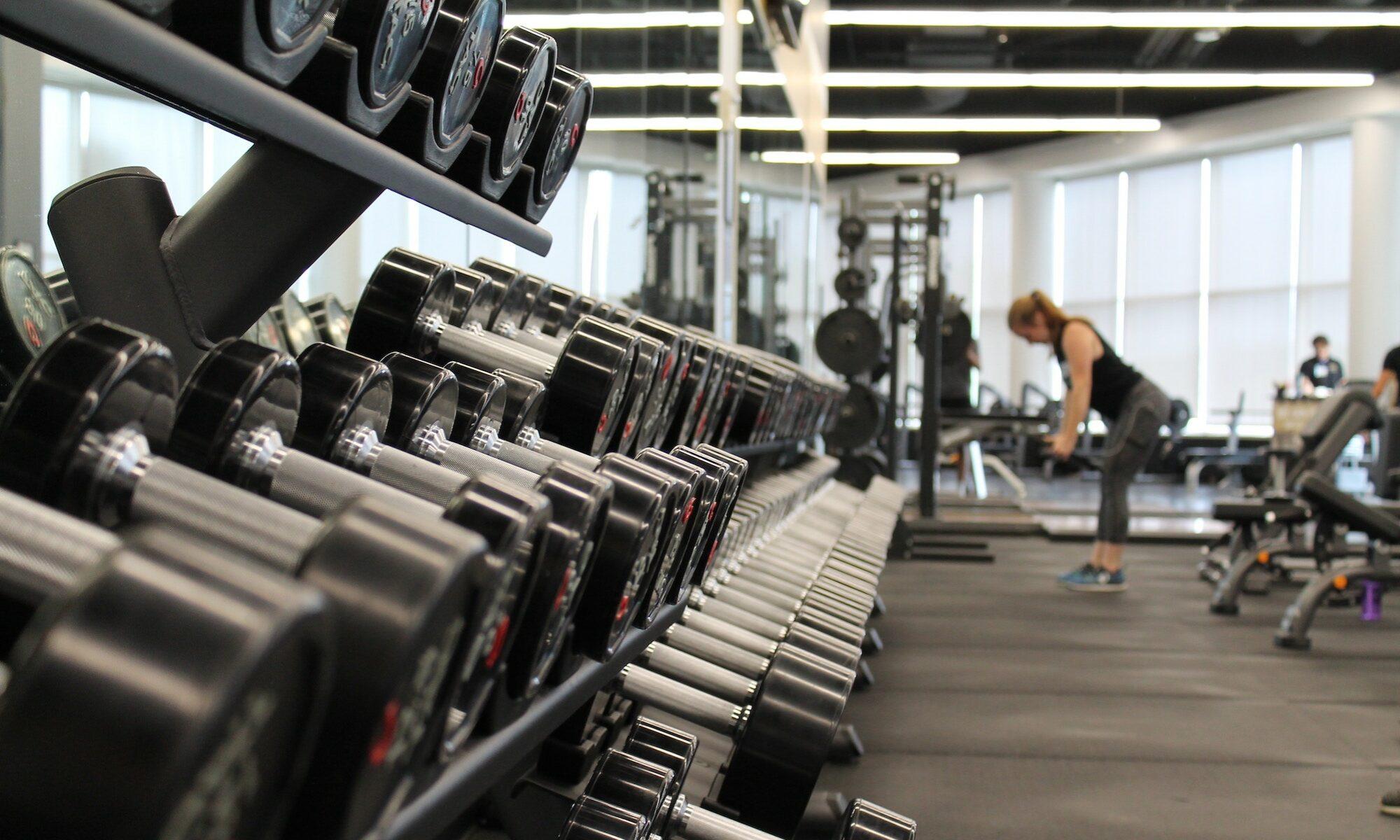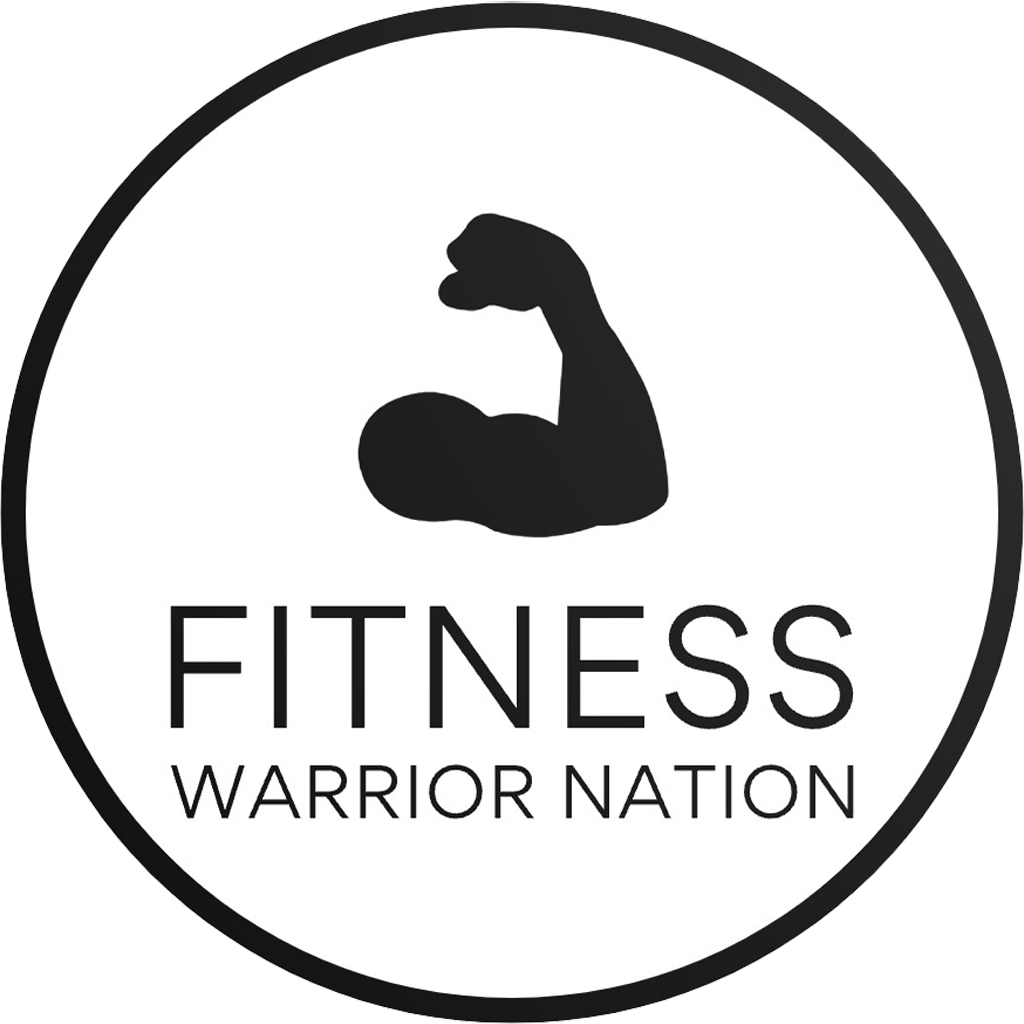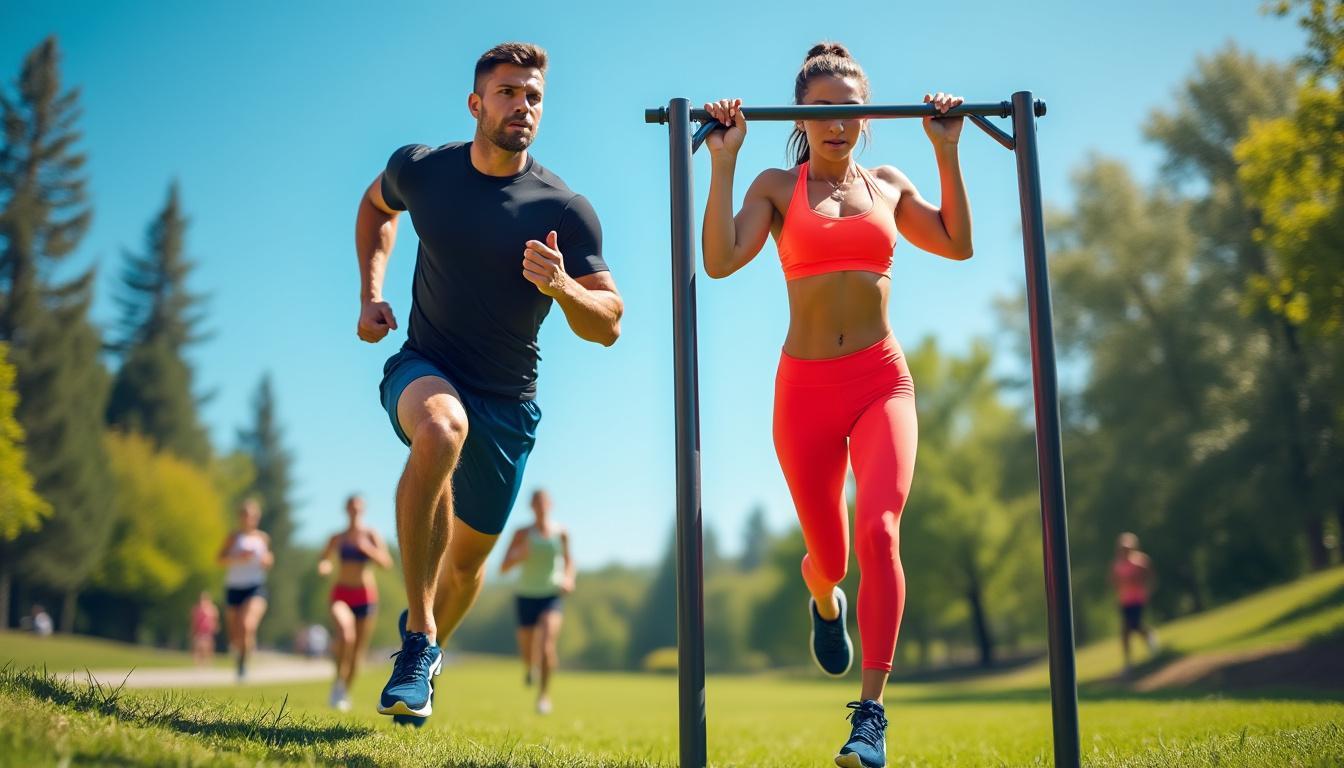When the temperature rises and the sun blazes overhead, most people consider skipping their workouts or moving indoors. Yet, training in the heat holds remarkable potential to boost your fitness levels beyond what you might achieve in cooler conditions. It’s a challenging environment that pushes your body to adapt, resulting in increased endurance, improved cardiovascular function, and elevated calorie burn. From professional athletes lacing up their Nike and Adidas gear to fitness enthusiasts sporting Puma or Under Armour, understanding how heat workouts influence your physiology is key to maximizing the benefits while minimizing the risks. This exploration dives deep into the science and strategies behind sweating it out under the sun or in a heated gym and reveals why this approach could be a game-changer for your fitness journey.
Physiological Adaptations from Exercising in Hot Weather
Working out in elevated temperatures triggers a cascade of physiological responses that enhance your overall fitness capacity. Your body must work harder to regulate its core temperature through increased sweat production and blood flow adjustments. These adaptations are crucial not only for heat tolerance but also for general athletic performance.
First, consider the increased cardiovascular demand. As you exercise in the heat, your heart rate rises more quickly than it does in cooler settings. This happens because blood is diverted to the skin’s surface to dissipate heat while still supplying oxygen to the muscles. Over time, this cardiovascular challenge strengthens your heart muscle, improving stroke volume and cardiac output. Regular heat training can therefore boost your endurance and aerobic efficiency.
Sweating in hotter conditions also promotes superior fluid and electrolyte regulation. With brands like Lululemon and Asics designing moisture-wicking apparel, maintaining comfort during these intense sessions becomes easier, but your body is still challenged at a cellular level. The enhanced sweat rate facilitates improved heat dissipation mechanisms; the body becomes more efficient at cooling itself, which in turn delays fatigue during prolonged efforts.
Moreover, exercising in the heat stimulates metabolic changes that support fat oxidation. A 2023 study revealed that moderate-intensity workouts in warm environments increased metabolic rate by up to 15%, aiding fat loss without increasing workout time. This thermogenic effect means your body expends more energy just managing its temperature, amplifying calorie burn compared to cooler workouts.
Training in heat also raises your blood plasma volume, an essential factor for endurance athletes. This increased plasma volume improves blood flow and oxygen transport, which offsets some of the circulatory strain induced by heat. Over weeks of consistent heat workouts, athletes, and fitness buffs alike can notice enhanced stamina and recovery rates.
- Cardiovascular Fitness Boost: Heart adapts to higher demand, improving efficiency.
- Enhanced Thermoregulation: Increased sweat production and cooler core temperatures.
- Fat Oxidation: Elevated metabolism burns more calories during and after exercise.
- Increased Blood Volume: Better oxygen delivery supports endurance.
| Physiological Benefit | Impact on Fitness | Example Activity |
|---|---|---|
| Heart Rate Adaptation | Enhanced cardiovascular capacity | Running intervals in summer heat wearing Under Armour |
| Thermoregulation Efficiency | Delayed fatigue and heat illnesses | Outdoor circuit training with Puma gear |
| Increased Metabolic Rate | Higher calories burned per session | Moderate bike rides in hot weather using New Balance shoes |
| Blood Plasma Expansion | Improved endurance and recovery | Lululemon yoga sessions in heated studios |
To safely take advantage of these effects, it’s vital to acclimate gradually. A novice athlete might start with light sessions during warm parts of the day, progressively increasing intensity and duration as tolerances develop. Nike and Reebok fans benefit from specialized apparel designed to optimize comfort while sweating it out.
How Heat Training Boosts Mental Toughness and Workout Performance
Beyond physiological changes, exercising in high temperatures sharpens your mental resilience—a crucial component for achieving peak fitness. Heat presents an unavoidable discomfort factor that forces you to push past psychological barriers. Every session becomes a lesson in persistence and focus.
Training amid heat introduces immediate challenges: heavy sweating, reduced stamina, and the need for constant hydration. Yet, athletes who consistently face these hurdles cultivate a mindset where adversity is transformed into a stepping stone for progress. Take the example of Novak Djokovic, whose disciplined approach to training in diverse conditions is documented at Fitness Warrior Nation. His ability to sustain long rallies in sweltering conditions exemplifies the blend of physical and mental fortitude heat training builds.
On the practical side, you learn to manage pacing and breathing more effectively. Heat makes it tempting to quit early, but persistent athletes figure out how to dial down intensity to stay active longer. This pacing strategy not only extends workout duration but also trains the body to perform uniformly under stress.
- Develops grit and determination crucial for overcoming physical and mental barriers
- Improves pacing strategies by teaching you how to regulate intensity
- Enhances focus and mindfulness during challenging conditions
- Helps identify hydration and rest needs through trial and error
These mental benefits translate directly into improved performance in all environments. For example, a runner accustomed to summer heat will find cooler weather races feel less taxing, allowing an increase in pace and power. Many fitness brands like Champion and Fabletics have noted an influx of athletes training in ambient heat with specialized gear that supports prolonged efforts and heat adaptation.
| Mental Benefit | Description | Real-World Example |
|---|---|---|
| Grit Enhancement | Adopting persistence through adverse conditions | Heat-adapted cyclists maintaining pace in cooler marathons |
| Pacing Control | Learning to modulate effort over time | Interval training with Adidas shoes in summer heat |
| Focus under Stress | Sharper mental clarity during fatigue | Yoga and mindfulness in heated Lululemon studios |
| Hydration Awareness | Recognizing signs of dehydration early | Trail runners adjusting fluid intake accordingly |
Implementing Heat Workouts in Your Fitness Routine for Maximal Benefit
Jumping into heat workouts without planning can backfire, but when done properly, integrating heat sessions sends your fitness progress into overdrive. Here’s how to incorporate heat training into your regimen responsibly and effectively.
Gradual Acclimatization
Start by spending short intervals exercising in the heat, between 20 to 30 minutes, a few times a week. This gradual approach allows your body to develop sweat response and cardiovascular improvements while minimizing heat-related illness risks.
Optimal Timing and Intensity
Choose early morning or late afternoon workouts to avoid peak heat, even though some benefits come from full midday exposure. Moderate intensity reduces strain while still offering heat adaptation challenges. Utilize breathable apparel from brands such as Asics and New Balance designed for heat management.
Stay Properly Hydrated
Hydration is paramount in hot workouts. Drink electrolyte-balanced fluids before, during, and after sessions to replace sodium and potassium losses. Avoid overhydration with plain water alone to prevent hyponatremia, a dangerous dilution of blood sodium.
Active Recovery and Cooling Techniques
Post-workout cooling strategies like cold towels, ice slurry drinks, or cooling vests boost recovery. Recovery in cooler environments helps reduce core temperature rapidly, aiding muscle repair.
- Incorporate heat exposure 3–5 times weekly for 2–3 weeks for full acclimation
- Choose heat-resistant workout gear such as Puma or Reebok—the detachable and ventilated designs excel
- Hydrate with electrolyte drink mixes rather than plain water
- Monitor your body closely for signs of heat exhaustion and adjust accordingly
| Strategy | Purpose | Recommended Products |
|---|---|---|
| Gradual Heat Exposure | Allow safe thermal adaptations | Light workout gear by Fabletics |
| Appropriate Workout Timing | Balance heat stress and benefits | Breathable Adidas clothing |
| Electrolyte Hydration | Prevent dehydration and cramping | Custom electrolyte blends |
| Cooling Recovery | Enhance muscle recovery and reduce fatigue | Ice vests from Champion |
Those intrigued by taking heat workouts further can explore community hubs like the Charlottesville Fitness Hub which often organize group outdoor sessions tailored for heat acclimation and safety education.
Precautions and Risks to Consider While Exercising in the Heat
The potential rewards of heat training come hand in hand with serious considerations. Exercising in hot conditions heightens the risk of dehydration, heat exhaustion, and heat stroke if safety guidelines aren’t followed scrupulously.
Key symptoms to watch out for include dizziness, excessive fatigue, headache, nausea, and muscle cramps. These warning signs indicate your body is struggling to cope, and immediate cooling and hydration should be sought.
- Never ignore early symptoms of heat stress
- Avoid exercising when feeling unwell or overly fatigued
- Wear lightweight, moisture-wicking clothing from brands like Lululemon or New Balance
- Consult a healthcare professional before commencing heat training, especially if you have cardiovascular issues
Some populations, including older adults, inexperienced fitness beginners, and those with chronic medical conditions, must approach heat exercise cautiously. Programs such as the Hard Challenge Risks initiative provide insights on safe progression and risk management strategies.
| Risk | Impact | Prevention Measure |
|---|---|---|
| Heat Exhaustion | Fatigue, cognitive impairment, and muscle cramps | Hydrate, rest in shade, and wear breathable clothing |
| Dehydration | Reduced performance and dizziness | Maintain electrolyte balance and drink fluids regularly |
| Heat Stroke | Life-threatening core temperature rise | Stop activity immediately, seek medical help, cool body |
| Hyponatremia | Confusion, nausea, potential seizures | Balance water intake with electrolytes |
Understanding these risks while leveraging proper weather apps and tools can prevent disaster. Gear providers, such as Reebok and Puma, also produce collections designed to keep tech-savvy athletes comfortable and safe during intense heat sessions.
Heat Training: Enhancing Fat Loss, Endurance, and Overall Fitness in 2025
The evolving science behind heat workouts solidifies their place in today’s fitness strategies for fat loss and endurance improvement. As brands like Nike and Adidas innovate fitness wearables and apparel, athletes gain access to technology that supports safe and effective heat training.
Recent findings show that combining heat exposure with interval training enhances mitochondrial efficiency, fueling muscles more effectively during both aerobic and anaerobic activity. This improved energy production leads to faster recovery, greater stamina, and a more resilient physique.
Heat workouts are a natural complement to programs aimed at sculpting key muscle groups such as glutes and core. For targeted strategies, check out articles like Enhance Glutes and Achieve a Flat Stomach to integrate heat training into a comprehensive fitness plan.
- Accelerates fat metabolism by elevating metabolic rate
- Improves oxygen utilization for longer endurance
- Supports muscle recovery through increased blood circulation
- Builds mental toughness essential for athletic success
| Fitness Benefit | Description | Supplementary Tips |
|---|---|---|
| Fat Loss Acceleration | Thermogenic effect boosts calorie burn | Pair with balanced diet and Nike training shoes |
| Endurance Takeoff | Improved cardiovascular and mitochondrial function | Use interval training in Adidas apparel |
| Muscle Recovery | Enhanced circulation reduces soreness | Incorporate post-workout cooling routines with Reebok gear |
| Mental Resilience | Heightened focus during physiological stress | Adopt mindful practices in Lululemon yoga classes |
From beginners to seasoned pros, the key to maximizing these benefits is consistency, safety, and informed progression. Dive deeper into modern training philosophies by visiting resources such as AI Fitness Summaries and Clarity, or browse the best gear deals at Best Prime Fitness Deals.


